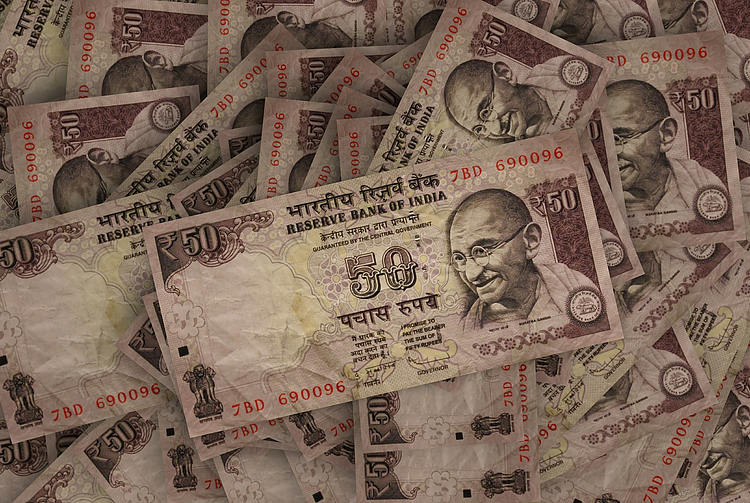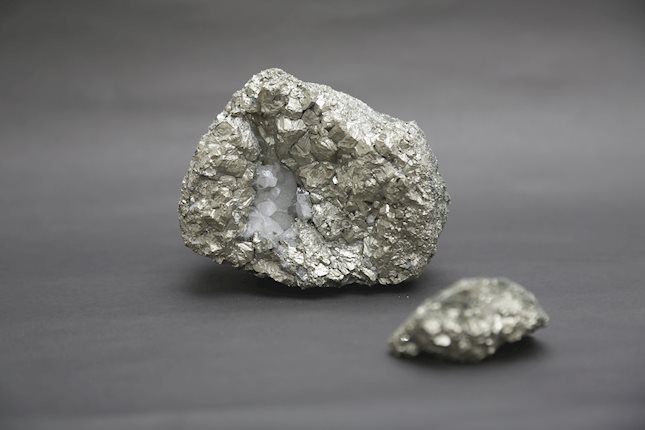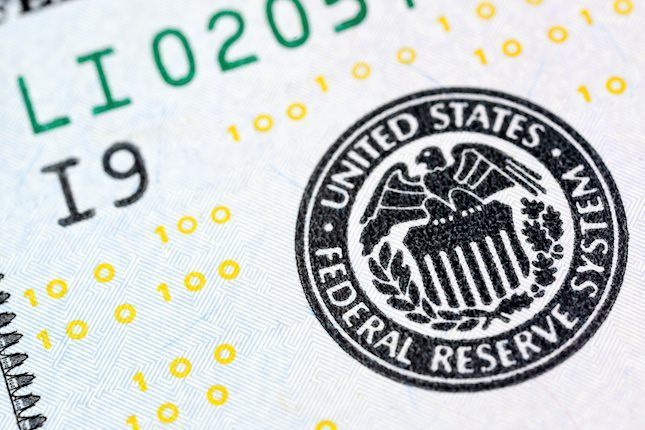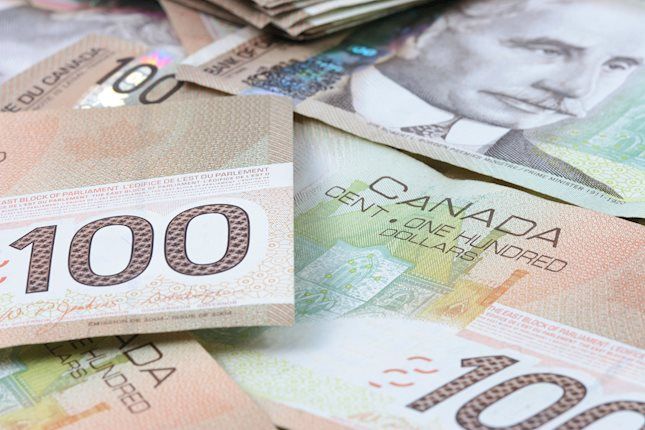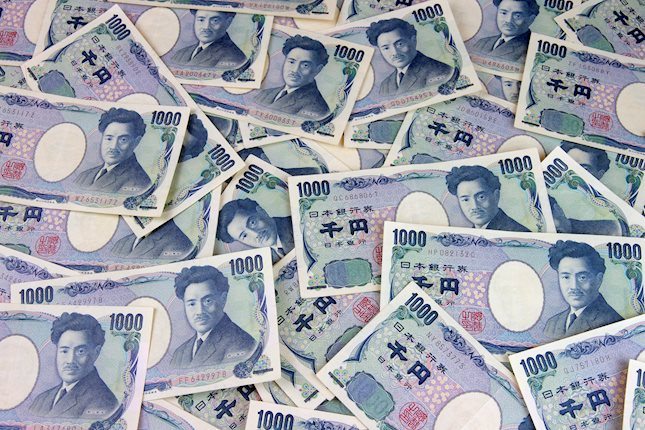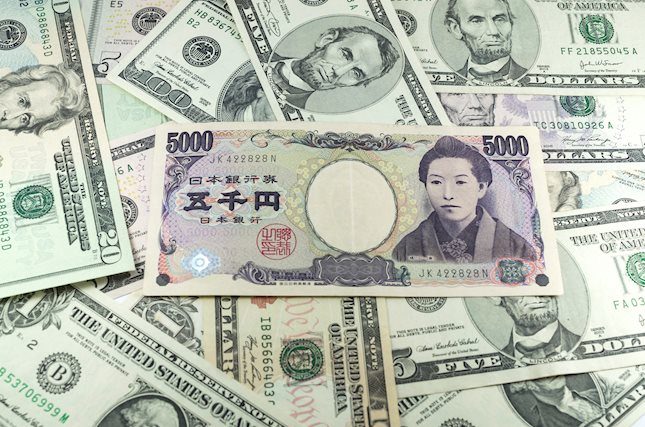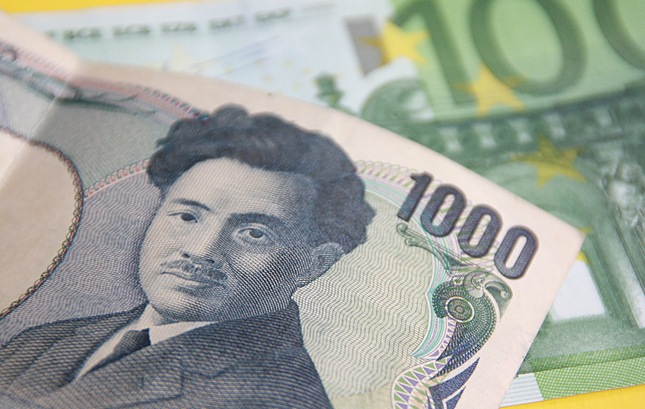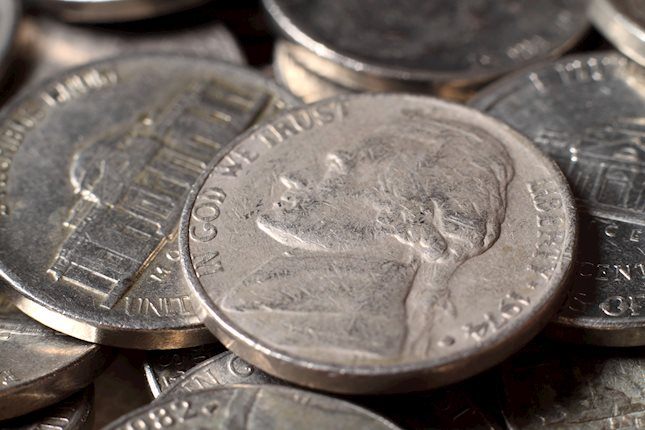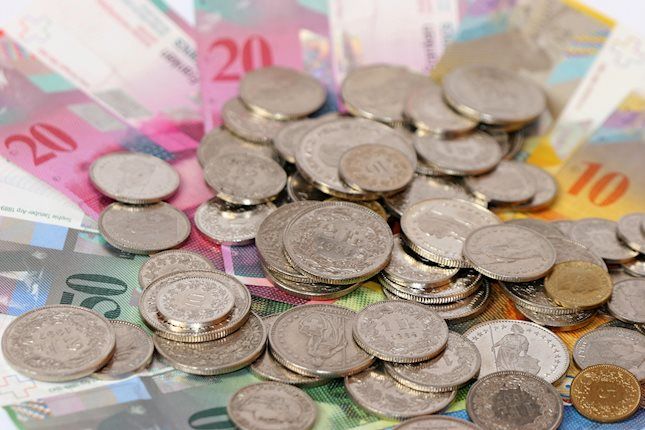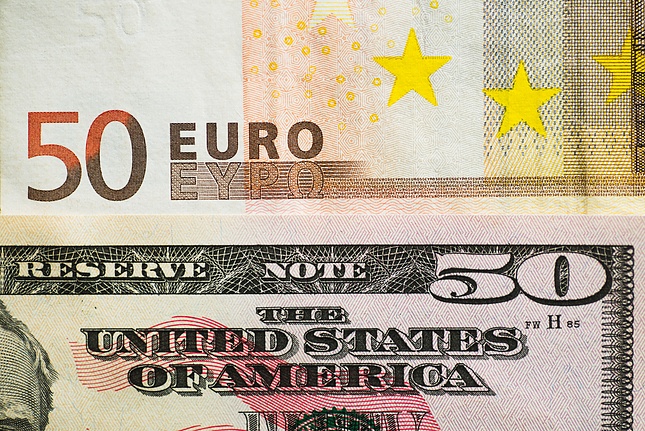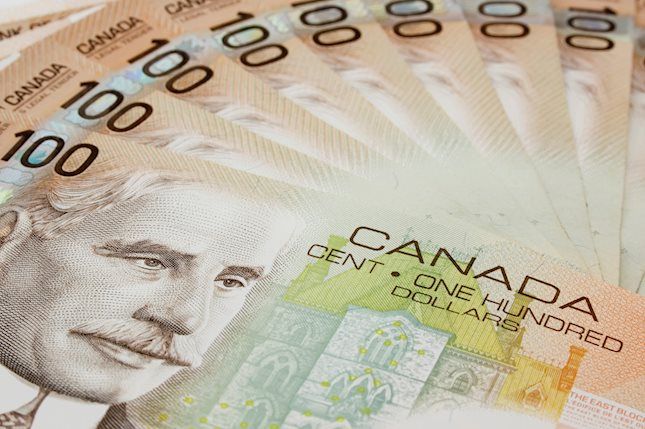USD/INR loses traction, eyes on potential RBI intervention
- Indian Rupee trades on a stronger note on Thursday.
- Rising oil prices and higher expectations that the Fed will delay rate cuts weigh on the INR.
- Investors await the Initial Jobless Claims, Philly Fed Manufacturing Index, Existing Home Sales, and Fed speakers on Thursday.
Indian Rupee (INR) recovers some lost ground on Thursday. The INR dropped to a record low on Wednesday, weighed by the worries that escalating tensions in the Middle East could disrupt supplies and boost oil prices. India is the third-largest consumer and importer of crude oil. Therefore, higher oil prices could damage the economy and put pressure on INR. Furthermore, the growing expectations that the Federal Reserve (Fed) will delay rate cuts provide some support to the Greenback and create a tailwind for the USD/INR pair. However, the further upside of the pair might be limited due to the potential intervention from the Reserve Bank of India (RBI) to prevent local currency from depreciation.
Market participants will keep an eye on the usual weekly Initial Jobless Claims, the Philly Fed Manufacturing Index, and Existing Home Sales, due on Thursday. Also, the Fed’s Bowman, Williams, and Bostic are set to speak later in the day. On Friday, the RBI Monetary Policy Committee (MPC) Meeting Minutes will be released.
Daily Digest Market Movers: Indian Rupee recovers amid RBI intervention possibility
- RBI was likely selling Dollars via state-run banks on Tuesday to curb the INR’s losses spurred by a selloff in Asian equities and currencies, four traders told Reuters.
- Indian economy's growth momentum is expected to decelerate in 2024 to 6.5% against the 6.7% growth recorded in the previous year, according to the United Nations Trade and Development (UNCTAD).
- Fed Cleveland President Loretta Mester said that inflation is higher than expected, and the US Fed needs more confidence in its trajectory.
- Fed Governor Michelle Bowman noted that inflation progress slows and possibly halts, adding that monetary policy is currently restrictive and that time will tell if it is "sufficiently" restrictive.
- Fed Chair Jerome Powell said that he will wait longer than previously expected to cut rates after unexpectedly upside inflation data. Powell added that the Fed will likely take more time to gain confidence that price growth is headed toward the Fed’s 2% target before lowering borrowing costs.
- Fed funds futures have priced in a 71% odds that the first rate cut could come in September, according to the CME FedWatch Tool.
Technical analysis: USD/INR keeps the bullish stance unchanged
The Indian Rupee trades firmer on the day. The positive outlook of USD/INR remains intact as the pair is above the key 100-day Exponential Moving Average (EMA) on the daily chart. The bullish momentum is also supported by the 14-day Relative Strength Index (RSI), which hovers around 59.00, supporting the buyers for the time being.
An all-time high of 83.72 acts as an immediate resistance level of the pair. Any follow-through buying above this level will expose the 84.00 psychological barrier. On the downside, the initial support level is seen near a low of April 12 at 83.30. The crucial contention level to watch is the 83.00–83.10 region, portraying the round figure and the 100-day EMA. A breach of the mentioned level will pave the way to a low of March 14 at 82.80.
US Dollar price today
The table below shows the percentage change of US Dollar (USD) against listed major currencies today. US Dollar was the weakest against the Canadian Dollar.
| USD | EUR | GBP | CAD | AUD | JPY | NZD | CHF | |
| USD | -0.10% | -0.13% | -0.14% | -0.09% | -0.05% | -0.12% | -0.10% | |
| EUR | 0.11% | -0.02% | -0.02% | 0.03% | 0.07% | -0.01% | -0.02% | |
| GBP | 0.13% | 0.02% | -0.01% | 0.05% | 0.08% | 0.00% | 0.02% | |
| CAD | 0.14% | 0.03% | 0.02% | 0.06% | 0.10% | 0.01% | 0.03% | |
| AUD | 0.07% | -0.06% | -0.04% | -0.06% | 0.05% | -0.05% | -0.05% | |
| JPY | 0.05% | -0.06% | -0.10% | -0.12% | -0.04% | -0.08% | -0.07% | |
| NZD | 0.13% | 0.03% | 0.01% | -0.01% | 0.05% | 0.10% | 0.03% | |
| CHF | 0.14% | 0.01% | -0.01% | -0.03% | 0.05% | 0.09% | -0.03% |
The heat map shows percentage changes of major currencies against each other. The base currency is picked from the left column, while the quote currency is picked from the top row. For example, if you pick the Euro from the left column and move along the horizontal line to the Japanese Yen, the percentage change displayed in the box will represent EUR (base)/JPY (quote).
Indian economy FAQs
The Indian economy has averaged a growth rate of 6.13% between 2006 and 2023, which makes it one of the fastest growing in the world. India’s high growth has attracted a lot of foreign investment. This includes Foreign Direct Investment (FDI) into physical projects and Foreign Indirect Investment (FII) by foreign funds into Indian financial markets. The greater the level of investment, the higher the demand for the Rupee (INR). Fluctuations in Dollar-demand from Indian importers also impact INR.
India has to import a great deal of its Oil and gasoline so the price of Oil can have a direct impact on the Rupee. Oil is mostly traded in US Dollars (USD) on international markets so if the price of Oil rises, aggregate demand for USD increases and Indian importers have to sell more Rupees to meet that demand, which is depreciative for the Rupee.
Inflation has a complex effect on the Rupee. Ultimately it indicates an increase in money supply which reduces the Rupee’s overall value. Yet if it rises above the Reserve Bank of India’s (RBI) 4% target, the RBI will raise interest rates to bring it down by reducing credit. Higher interest rates, especially real rates (the difference between interest rates and inflation) strengthen the Rupee. They make India a more profitable place for international investors to park their money. A fall in inflation can be supportive of the Rupee. At the same time lower interest rates can have a depreciatory effect on the Rupee.
India has run a trade deficit for most of its recent history, indicating its imports outweigh its exports. Since the majority of international trade takes place in US Dollars, there are times – due to seasonal demand or order glut – where the high volume of imports leads to significant US Dollar- demand. During these periods the Rupee can weaken as it is heavily sold to meet the demand for Dollars. When markets experience increased volatility, the demand for US Dollars can also shoot up with a similarly negative effect on the Rupee.
Forex News
Keep up with the financial markets, know what's happening and what is affecting the markets with our latest market updates. Analyze market movers, trends and build your trading strategies accordingly.
